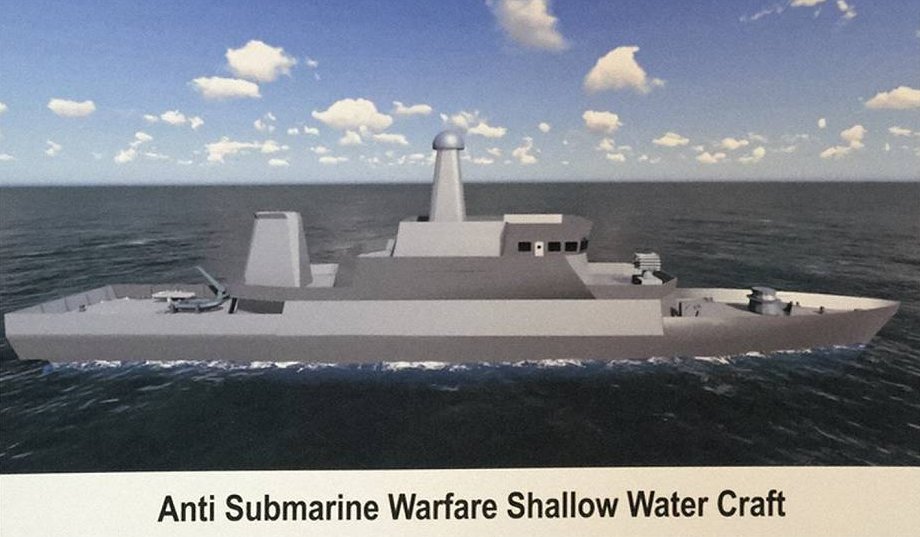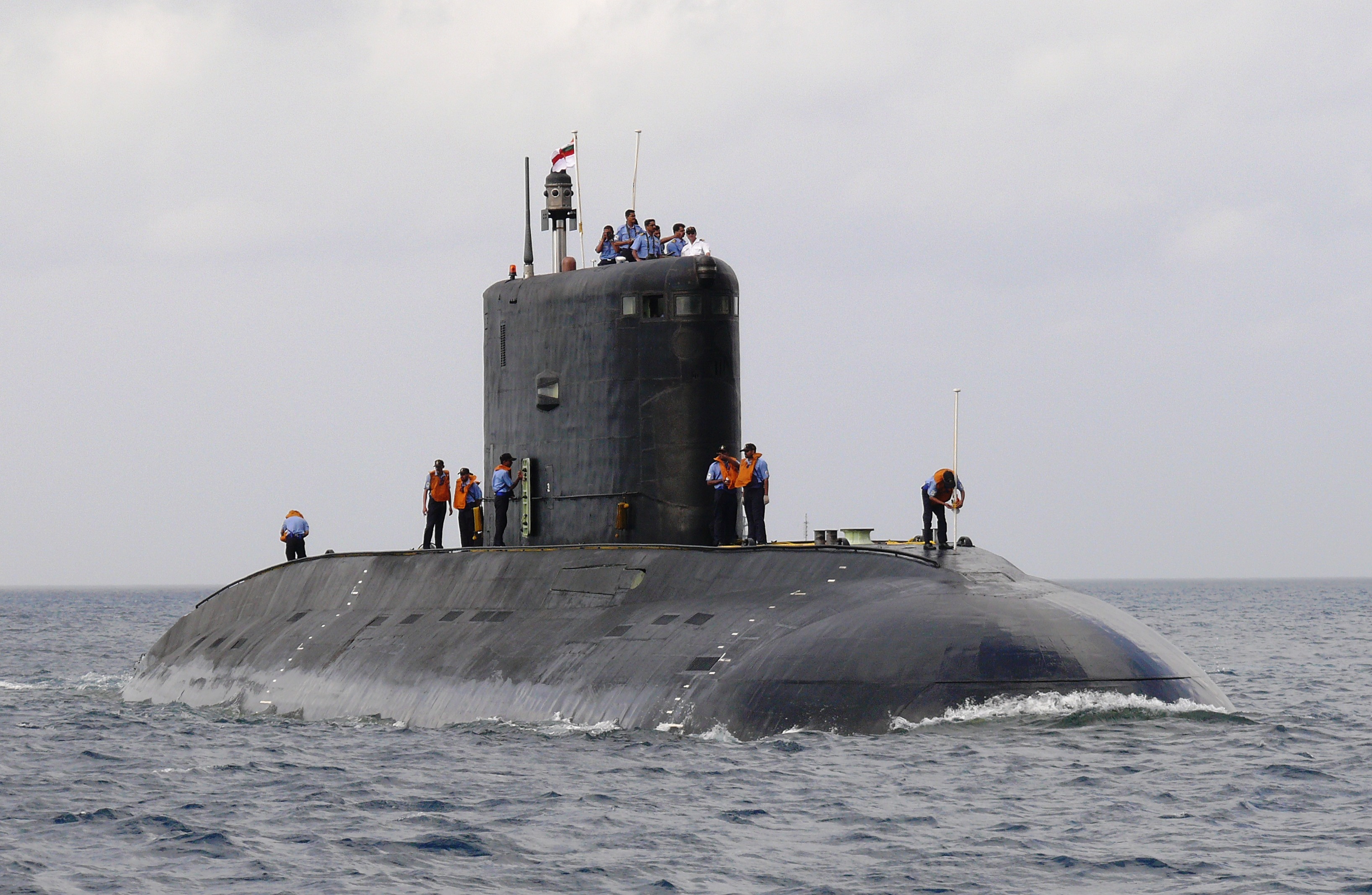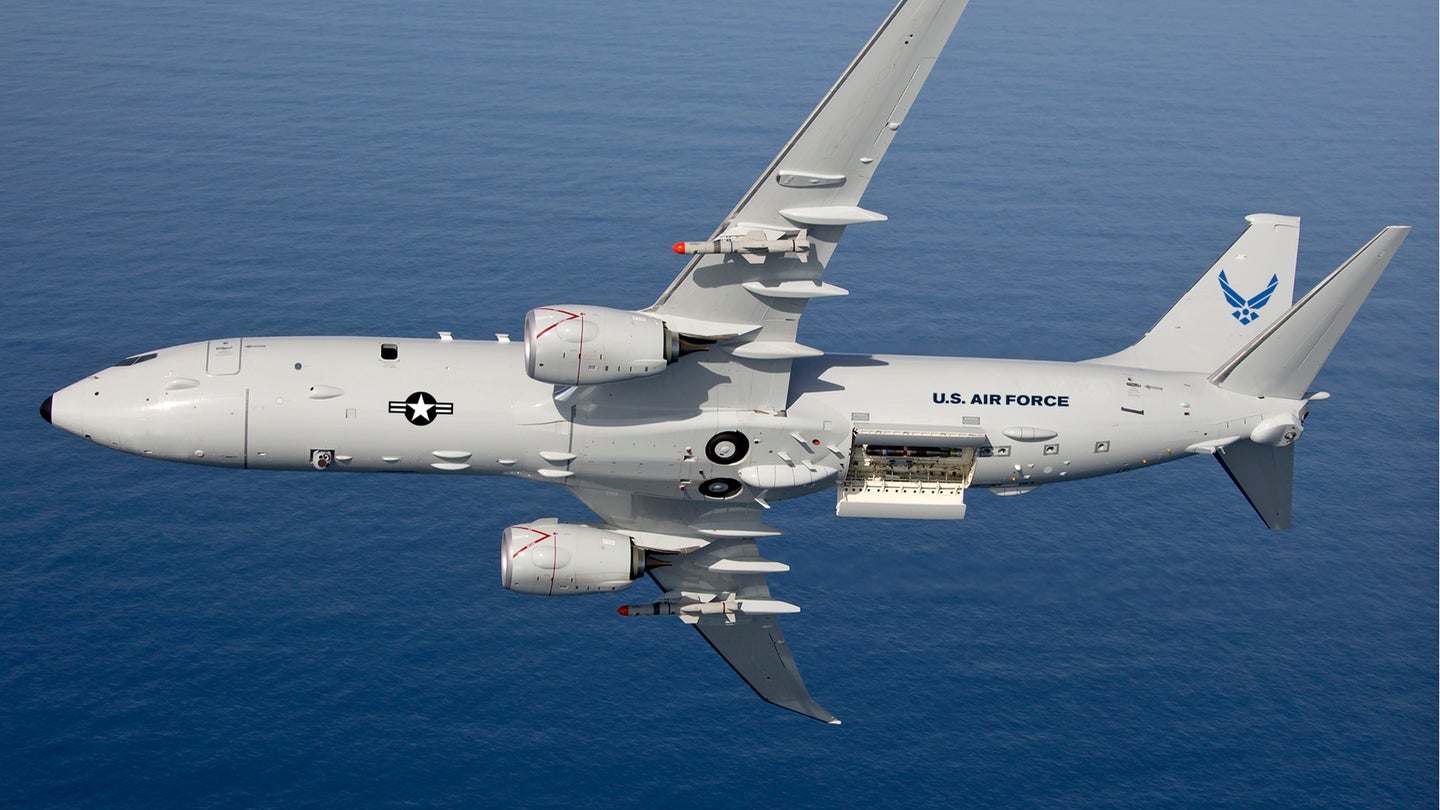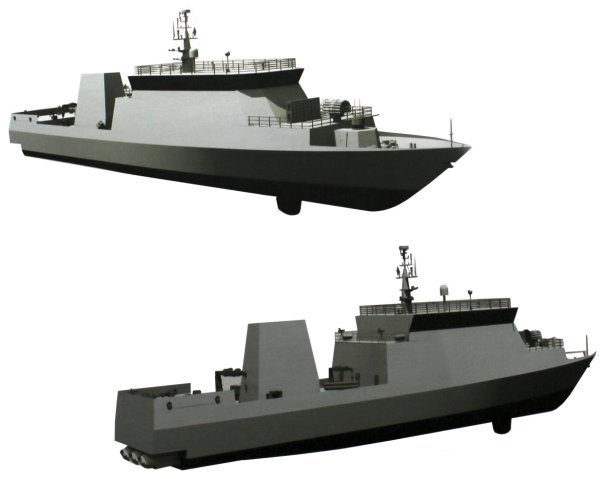GRSE, a Category 1 defense public sector undertaking and prominent warship builder of India, has laid the keel of the fifth of eight Anti-Submarine Warfare Shallow Water Crafts (ASWSWCs) recently.
These vessels will integrate some high-tech features while simultaneously boosting the “Make in India” initiative. The EurAsian Times takes a deep dive into ASWSWCs.
Indigenously Developed
ASW vessels, which will replace the aging Russian Abhay-class corvettes that have been in service with the Indian Navy since 1989. The watercraft’s primary function is to conduct anti-submarine operations in coastal waters along with handling low-intensity maritime undertakings and mine laying operations.
The craft whose keel was laid recently will have the ability to carry out full-scale subsurface surveillance of coastal waters. It will not only serve as a Search Attack Unit (SAU) but also coordinate anti-submarine warfare operations with aircraft.
In their secondary role, these ASW-SWCs will have the ability to prosecute intruding aircraft and lay mines in the sea bed.

The indigenous development of the first 700-ton ASWSWC was cleared by the Defence Acquisition Council (DAC) of the Ministry of Defence (MoD) in 2013. The vessel was intended to operate within 200 nautical miles of the base port, watching over foreign submarines working close to the coastline.
The Request for Proposal (RFP) for the design, construction and supply of the eight such corvettes was issued to private and public sector shipyards in 2014.

Five years later, in April 2019, Cochin Shipyard Limited (CSL) signed the contract for building and supplying eight such SWC for the Indian Navy. CSL won the contract through a competitive bidding process.
That same month, the MoD awarded a contract to build eight anti-submarine vessels to the public sector shipyard GRSE(Garden Reach Shipbuilders and Engineers Ltd.). The project this company is in charge of is in collaboration with private Indian multinational conglomerate Larsen and Toubro (L&T).
Thus, the larger project has two parts: eight warships produced by CSL, and eight similar ones being built by GRSE.
?#GRSE laid down keel for the #IndianNavy’s 1st anti-submarine warfare (ASW) shallow water craft and laid Twin Keels of 3rd Survey Vessel (Large) & 1st Anti-Submarine Warfare Shallow Water Craft Today. #IDU pic.twitter.com/D6c4CezqUa
— IDU (@defencealerts) August 6, 2021
According to a statement issued by the MoD, “The 1st ship is to be delivered within 42 months from contract signing date and subsequent balance ships delivery schedule will be two ships per year.” The contracts for the vessels cost the MoD $1.9 billion.
The SWCs are expected to substantially strengthen the Indian Navy’s anti-submarine capability. The delivery of the ships is scheduled to begin from October next year, with each shipyard delivering two ships every year from then.
In August 2021, India Navy Vice Chief Vice Admiral SN Ghormade laid the keels of the first warship of the ASW-SWC project. In his speech on the occasion, the Admiral praised GRSE and L&T for their efforts in achieving this milestone despite constraints levied by the pandemic and subsequent lockdowns.
@makeinindia #IndianNavy signs a contract for eight (08) Anti-Submarine Warfare Shallow Water Craft (ASW SWC) with M/s GRSE, Kolkata at a cost of ₹ 6312 Crs. The induction would boost our shallow water ASW capability. Delivery of first vessel will be within 42 months. @PMOIndia pic.twitter.com/ZqIWckQ5dM
— SpokespersonNavy (@indiannavy) April 29, 2019
Ghormade had said the Shallow Water Craft, employed with uber-sophisticated underwater sensors and weapons, will give a boost to the Navy’s ASW capability.
Importance of ASWSWC
With the increasing number of potent undersea forces in the concerned area of operations, ASW has gained significance at the strategic, operational as well as tactical levels. With their potential adversaries inducting modern submarines and relying on sea denial tactics, ASW has become an important way of enhancing their naval capability for most countries.
Speaking to EurAsian Times, Vice Admiral Shekhar Sinha (Retd.) who is also on the editorial board of The EurAsian Times, highlighted the importance of anti-submarine capabilities. He said, “irrespective of the geopolitical situation, submarines will continue to operate absolutely silently.
Any time that the tension becomes high, submarines generally remain deployed in the likely area of operation- even during peacetime. So it is important on the part of the country for its Navy to have adequate anti-submarine detection ability first and then the destruction capability.”

Key Features
The shallow water corvettes are going to be huge. The planned overall length of each vessel is 78 meters while its breadth is to be 11.3 meters. The ships are expected to have a maximum draft of 2.7 meters at full load capacity. In addition, the corvettes will have the capacity to accommodate around 57 personnel, including seven officers, on board.
Owing to a water jet-powered propulsion system, the vessels will be able to reach a maximum speed of 25 knots. These warships will be given the ability to travel quickly for short periods in order to be able to maintain contact with submarines that are detected. These anti-submarine SWC vessels will have a displacement of 750t.
Moreover, they will be equipped with high-performance stealth and signature technologies. This will enable them to be largely undetectable as targets for surveillance systems as well as enemy submarines.
These technologies are especially helpful given the difficulties of detection in shallow waters. On this, the Admiral noted that shallow water submarine detection is tricky because the sound waves (used in sound navigation and ranging systems) tend to hit the soft mud and get reflected or get absorbed.
Submarines don’t operate in such shallow waters. However, he said, “there are smaller corvettes which have a shallow draft themselves. Their SONAR equipment can function in slightly shallower waters.”

The ASW-SWCs will also be equipped with technology that gives them the ability to relay information of adversary submarines to friendly anti-submarine vessels and aircraft through advanced data link networks. The warships will be designed to be equipped with various payloads to cater to the vessels’ functions.
Weapon Systems Onboard
The warships will also have the ability to employ antisubmarine weapons, including the likes of lightweight torpedoes, anti-submarine warfare rockets, and combat management systems. The vessels will also be equipped with two 12.7 millimeters stabilized remote control guns with optronic control systems.
Various automated systems, including an integrated platform management system (IPMS), automatic power management system (APMS), and battle damage control system (BDCS) will be featured on these ASW-SWCs. Other important features of the corvettes include seabed and platform-based detection and monitoring systems, future underwater sensors, weapons, and decoys.
With this ensemble of technologies and weaponry, the warships are likely to be a good addition to maritime security wherever they are deployed.
When asked about the operational areas of the ASW-SWC, Sinha said, “generally speaking, anti-submarine crafts are outside the harbors where the ships are traversing day-in and day-out—Bombay, Goa, Gujarat—all the coastlines wherever the ships are operating.
At least the harbors from where the warships operate on a regular basis, there we will definitely have the shallow water anti-submarine operations and deepwater anti-submarine operations.
However, if this shifts into trade warfare then it can be put outside harbors where the merchant ships are also coming and going.”
- Contact the author at: shreyya.mundhra@gmail.com
- Follow EurAsian Times on Google News




